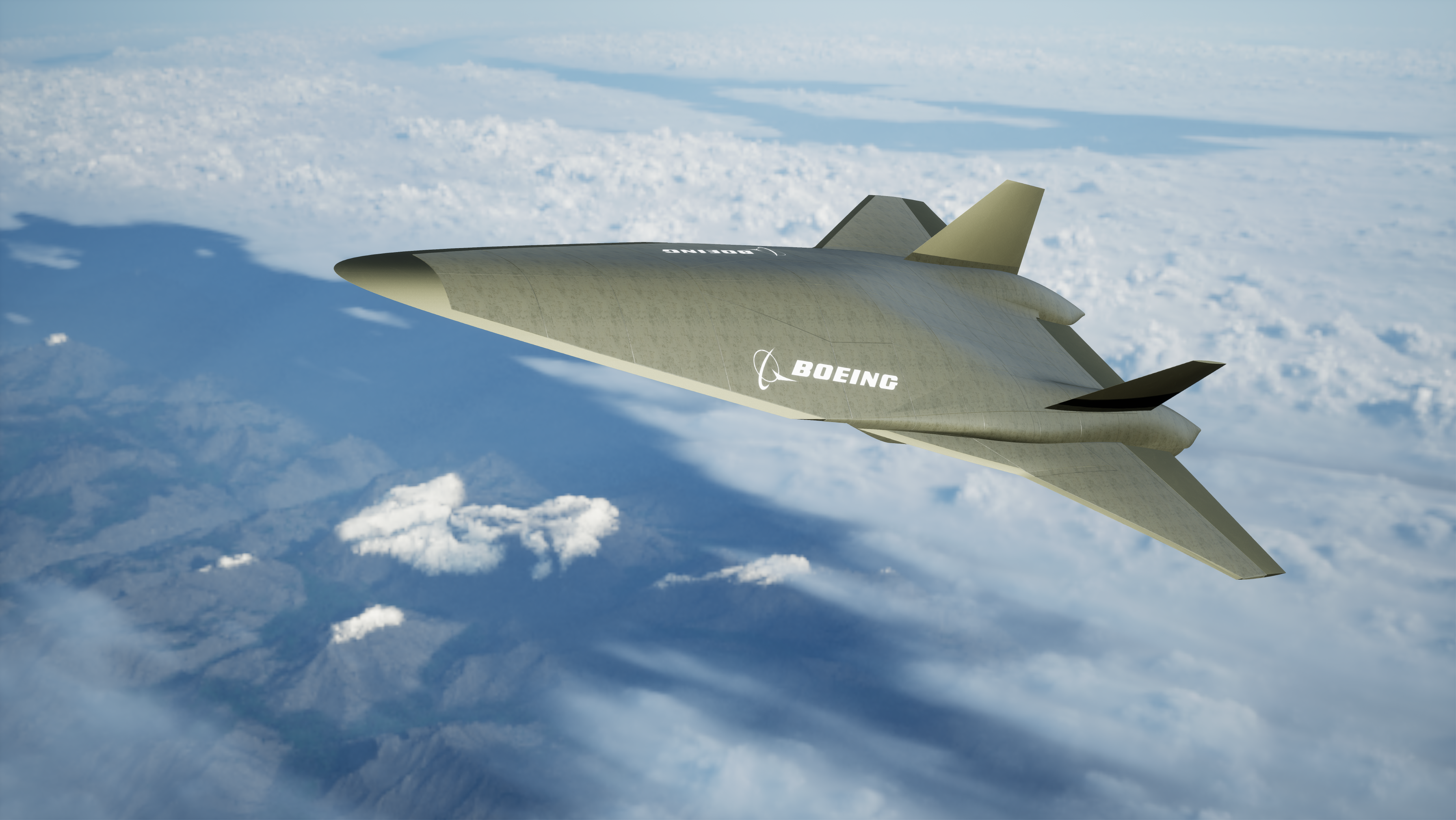The evolution of aviation has been marked by remarkable inventions, from the dreams of ancient times to the pioneering achievements of the Wright brothers in the late 19th century. Over the past century, aerospace technology has progressed significantly, leading to faster and more efficient aircraft. Today, we delve into the realm of aviation speed to understand the fastest aircraft in the world and the intricacies of take-off and breaking the sound barrier.
Speed of Aircraft
Aircraft come in various types, each with its speed capabilities. Gliders typically travel at leisurely speeds ranging from 70 to 280 km/h, while passenger planes achieve much higher speeds. On average, passenger planes reach cruising speeds of around 1,000 km/h, allowing for efficient travel over long distances. However, during take-off, aircraft operate at slower speeds, typically around 300 km/h for passenger planes.
Breaking the Sound Barrier
Breaking the sound barrier, a feat accomplished by flying at supersonic speeds, was a significant milestone in aviation history. The sound barrier, defined by the speed of sound, varies with ambient temperature, typically around 1,200 km/h at 20°C. Military jets, capable of reaching speeds exceeding 2,000 km/h, routinely break the sound barrier. However, for standard passenger aircraft, surpassing this speed remains unattainable.
Fastest Passenger Aircraft
Despite not reaching supersonic speeds, modern passenger aircraft still travel at impressive velocities. Among the fastest are the Boeing 777, Airbus A380, Boeing 787, and the Boeing 747 series. The Boeing 747-8i, with a cruising speed of 1,060 km/h, currently holds the title of the fastest wide-body aircraft globally, showcasing advancements in design and technology.
Take-off Speeds
The speed required for take-off varies depending on the aircraft’s type and weight. Conventional passenger aircraft typically require speeds between 250 and 345 km/h for take-off, with lighter aircraft needing speeds as low as 80 km/h. Despite advancements, the physics behind take-off remains awe-inspiring, particularly for heavy aircraft like the Airbus A380, which can weigh up to 560 tonnes at take-off.
Future Prospects
While current aircraft push the boundaries of speed and efficiency, ongoing research and development promise even faster and more environmentally friendly models. Start-ups are exploring supersonic travel for commercial purposes, aiming to reduce travel times and enhance the passenger experience. With innovative technologies, the future of aviation looks poised for exciting advancements in speed and performance.

